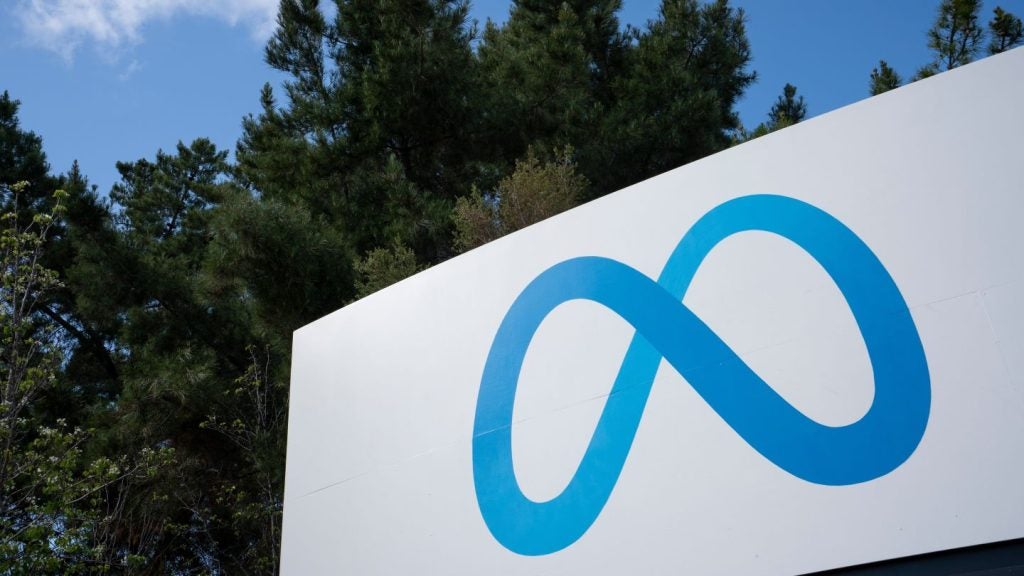3D Systems has patented a method for producing three-dimensional objects using layer-by-layer material application. The process involves creating a mold with a first material that can dissolve in a solvent and a second, stronger material, allowing for precise shaping and removal of excess material. GlobalData’s report on 3D Systems gives a 360-degree view of the company including its patenting strategy. Buy the report here.
According to GlobalData’s company profile on 3D Systems, Spacecraft 3D Printing was a key innovation area identified from patents. 3D Systems's grant share as of July 2024 was 61%. Grant share is based on the ratio of number of grants to total number of patents.
Method for producing 3d objects using layered materials
The patent US12042982B2 outlines a method for producing three-dimensional shaped objects through a layered material application process. The method begins with the provision of geometry data for the object and a support part with a base surface. It utilizes a liquid or flowable first material that can be solidified, alongside a second material that is either liquid, paste-like, or powder-form, which possesses greater strength when solidified. The first material can be dissolved in a solvent. The process involves forming a negative-shape layer by applying the first material to the base surface, solidifying this layer to create a mold, and then filling the mold with the second material to form a shaped-object layer. The method includes steps for machining excess material, repeating the layering process, and dissolving the first material using a solvent.
Further claims detail the characteristics of the materials used, such as the viscosity and solids proportion of the first and second materials, and the application methods for both materials, including inkjet printing and selective coating. The patent also describes the use of gas pressure to control the flow of the second material and various techniques for filling the cavities created in the negative-shape layer. Additionally, it mentions the potential for using thermoplastics that liquefy upon heating and solidify upon cooling. The method allows for the rotation of the support part during material application and solidification, enhancing the production process's efficiency and precision. Overall, the patent presents a comprehensive approach to additive manufacturing, emphasizing the interplay between different materials and application techniques to achieve desired object properties.
To know more about GlobalData’s detailed insights on 3D Systems, buy the report here.
Data Insights
From

The gold standard of business intelligence.
Blending expert knowledge with cutting-edge technology, GlobalData’s unrivalled proprietary data will enable you to decode what’s happening in your market. You can make better informed decisions and gain a future-proof advantage over your competitors.







